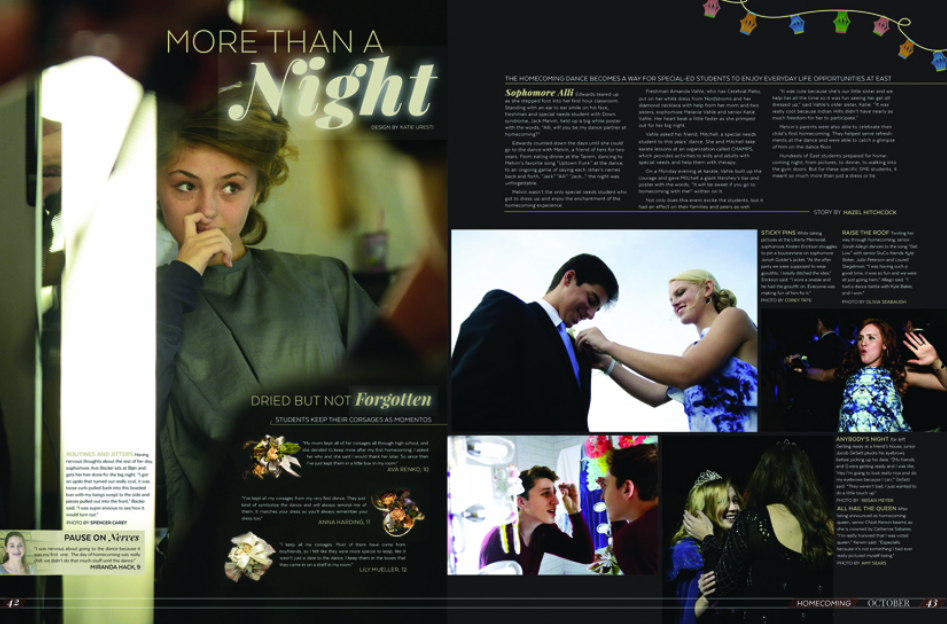Yearbook staffs can capture reader interest with stories that reflect students’ lives today. Feature stories should reflect student interests, concerns and lifestyles.
The teaser attracts by arousing curiosity in the reader. This wordplay can be challenging and fun.
Each story happens in context.
Consider Gone With the Wind. The story, read and reread because of Scarlett’s passion for Ashley, also shows most readers as much as they care to know about the Civil War. The story takes shape in context.
The same principle applies to a yearbook story. Showing one student’s struggle in context will give readers information about the rest of the school.
Headlines set the mood and tone of a story, as well as hook the reader. As a rule, the main headline should be short and in present tense. If used, a secondary headline may be written in past tense, especially if it is placed after the main headline. The headline and lead paragraph should relate, but not repeat the same words. Now, consider these five ideas to generate greater reader interest.
Mimi’s scream was almost primal. “I hate headlines!” rang out louder than OutKast from the back room. And yet, despite such agony, I knew I was winning.
After 14 years at a Texas high school, I spent my first year at Shawnee Mission East High School, Prairie Village, Kan., asking students to polish, refine and redo. I was evil incarnate.

